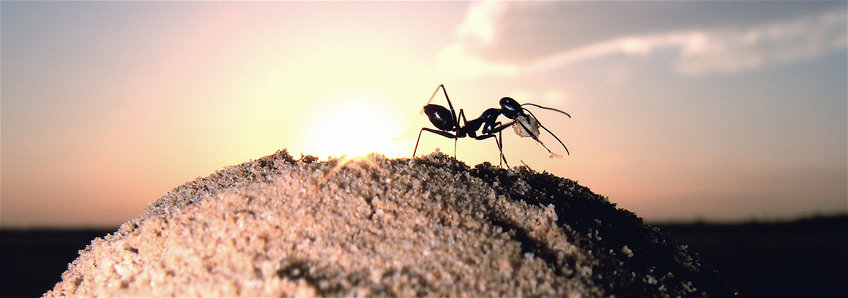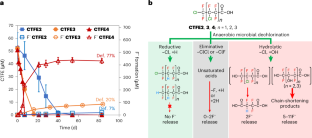2023-05-31 マックス・プランク研究所

Desert ant Cataglyphis fortis on its nest mound. This elevation helps the ants find their way home after their long foraging journeys. However, they only build clearly visible nest entrances when other visual landmarks are lacking.
© MPI f. Chemical Ecology/ Markus Knaden
◆研究のリード著者であるマリリア・フレイレは次のように述べています。「砂漠のアリであるCataglyphis fortisは、過酷な環境でも成功して航海し、探索する驚異的な能力を持っているため、航法の複雑さを研究する優れた対象です。これらのアリは、経路積算という生得的な航法メカニズムを利用し、太陽の方位磁石とステップカウンターを使用して移動距離を計測します。さらに、彼らは見えるしるしや嗅覚の手掛かりを学習し利用する能力を持っています。私たちは、この極めて過酷な生息地が進化の過程で類例のない精度の航法システムにつながったと考えています。」
◆以前の研究で、チュニジアの塩分湖の中心と端のアリの巣の違いがアリの航法に影響を与えるのかを調査しました。実験結果から、高い巣丘はアリの目印として重要であり、アリが巣に帰る際に役立つことが示されました。また、アリは可視の目印に基づいて航法することも明らかになりました。この研究により、アリの航法能力に関する新たな知見が得られました。
<関連情報>
- https://www.mpg.de/20377392/0525-choe-desert-ant-increase-the-visibility-of-their-nest-entrances-in-the-absence-of-landmarks-155371-x
- https://www.cell.com/current-biology/fulltext/S0960-9822(23)00614-0
視覚的な手がかりがないため、砂漠のアリは自分たちで目印を作る気になる Absence of visual cues motivates desert ants to build their own landmarks
Marilia Freire,Antonio Bollig,Markus Knaden
Current Biology Published:May 31, 2023
DOI:https://doi.org/10.1016/j.cub.2023.05.019
Highlights
•Cataglyphis ants face high mortality during long foraging runs
•Nests in the flat salt pan have taller nest hills than nests in structured areas
•Ants use the nest hill as a visual cue to navigate home
•Adding landmarks to nests in the salt pan suppresses hill-building behavior
Summary
The desert ants Cataglyphis fortis inhabit the harsh salt pans of Tunisia. The individually foraging ants rely on path integration to navigate back to their nest.1.2,3,4 However, as path integration accumulates errors5 at a rate that increases with distance traveled,6,7 is supplemented by visual and olfactory cues.8,9,10,11,12,13 We show that despite their impressive homing accuracy, ants returning from long foraging journeys face a mortality rate of up to 20%. To facilitate homing, colonies inhabiting the featureless center of the salt pan build tall nest hills as visual cues. Removing these hills triggers rebuilding, but visual artificial landmarks placed near the nest entrance are sufficient to suppress the ants’ rebuilding activity. Our data suggest that the desert ant builds its own landmark on purpose in a featureless environment to increase its chances of successful homing and survival.

